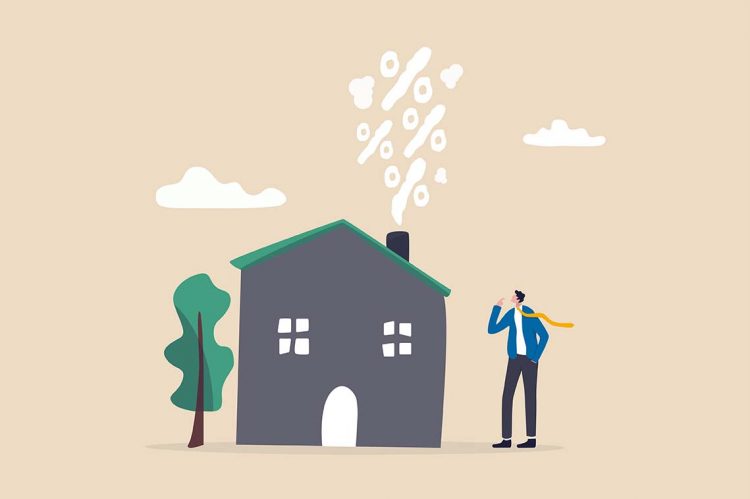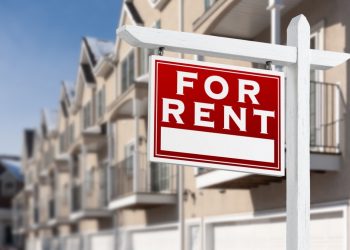After months of speculation and weekly averages approaching the mark, the 30-year fixed-rate mortgage rates exceeded 4% for the first time since May of 2019, according to Freddie Mac’s weekly Primary Mortgage Market Survey. Buyer demand has slowed some, but low inventory is keeping market activity busy. This suggests high sale prices will likely continue into the usually hot spring homebuying season.
Key findings:
- 30-year fixed-rate mortgage averaged 4.16% with an average 0.8 point for the week ending March 17, 2022, up from last week when it averaged 3.85%. A year ago at this time, the 30-year FRM averaged 3.09%.
- 15-year fixed-rate mortgage averaged 3.39% with an average 0.8 point, up from last week when it averaged 3.09%. A year ago at this time, the 15-year FRM averaged 2.40%.
- 5-year Treasury-indexed hybrid adjustable-rate mortgage (ARM) averaged 3.19% with an average 0.2 point, up from last week when it averaged 2.97%. A year ago at this time, the 5-year ARM averaged 2.79%.
Expert takeaways:
“The Federal Reserve raising short-term rates and signaling further increases means mortgage rates should continue to rise over the course of the year,” said Sam Khater, Freddie Mac’s chief economist. While home purchase demand has moderated, it remains competitive due to low existing inventory, suggesting high house price pressures will continue during the spring homebuying season.”
“The Freddie Mac fixed rate for a 30-year loan jumped this week, with a 31-basis point surge to 4.16%, following the sharp jump in the 10-year Treasury above 2.0%. The Federal Reserve confirmed through this week’s rate hike, along with five more planned increases, that inflation is unlikely to slow down any time soon. Investors are reacting to the deepening war in Ukraine and expecting renewed supply chain disruptions to add additional pressures on consumer prices,” said realtor.com’s manager of economic research, George Ratiu. “Moreover, the ongoing labor shortage is pushing costs up, as companies are responding by offering higher wages, sign-on bonuses, and pay raises. In short, I expect that we will continue to see mortgage rates climbing in the months ahead, as they are likely to pass 4.5% before year’s end.
The potent fuel that propelled real estate markets to new highs over the past couple of years is evaporating. Record-low mortgage rates helped many first-time buyers stretch their budgets in 2020 and 2021. Low rates also enabled homeowners to lower their monthly mortgage payments through refinancing. However, the days of sub-3.0% interest rates are firmly behind us, and we have yet to solve the market fundamentals of supply and demand. We started the year with a shortage of 5.8 million new single-family homes, the result of more than a decade of underbuilding in which we expected millennials to be the “renter generation.” With millions of millennials and Gen Z coming of age and seeking to buy homes, a large wave of demand is finding insufficient inventory and pushing prices to new highs. The net result is that at today’s rate, the buyer of a median-priced home is grappling not only with higher priced homes, but also with monthly mortgage payments that are almost $340 higher than a year ago, adding over $4,000 to the yearly burden. As rising mortgage rates and inflation squeeze the pool of buyers, we expect to see home prices moderate.”












